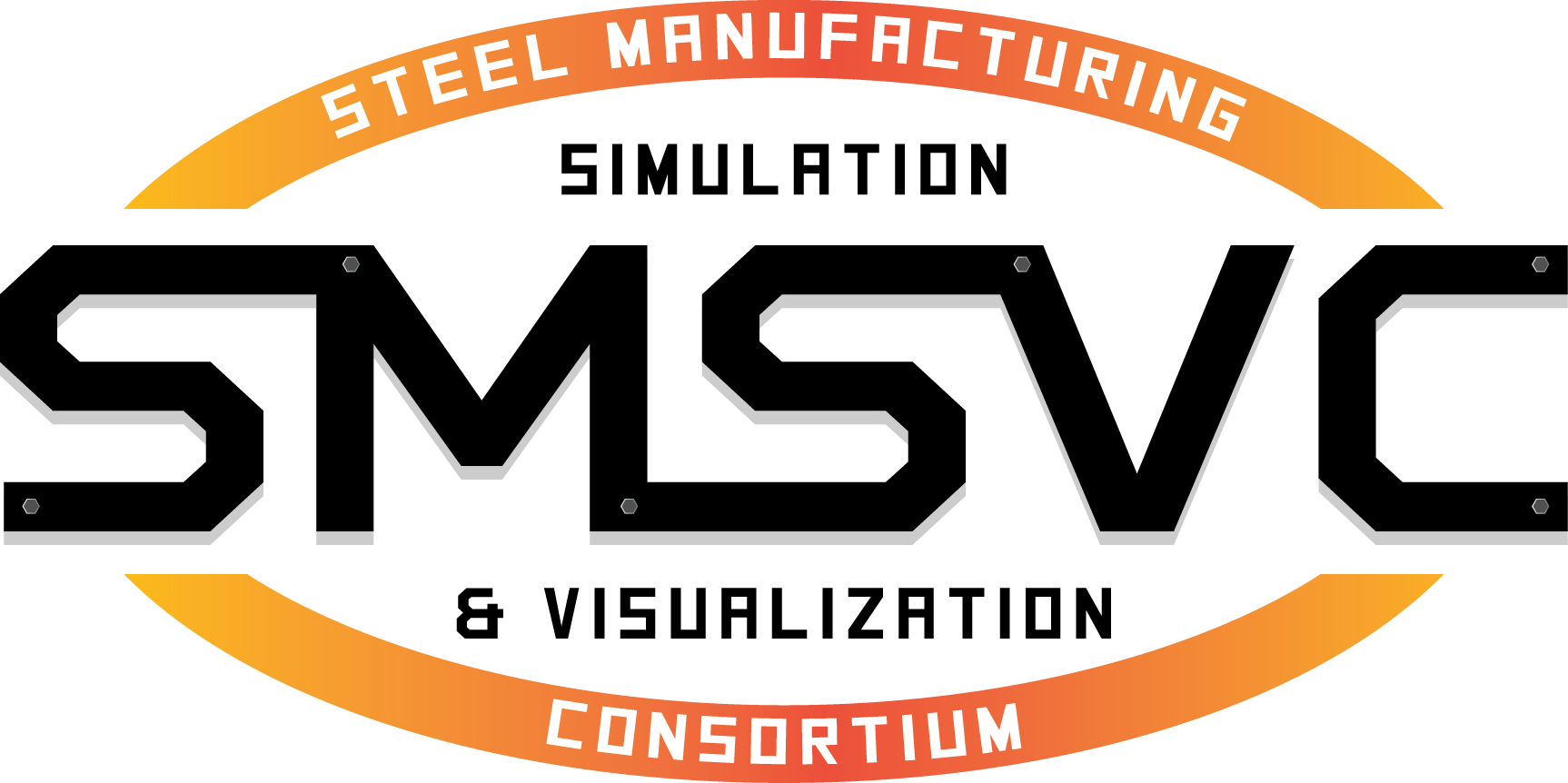Congratulations to the 18 high school and community college teachers who completed the six-week NSF Research Experience for Teachers summer program at CIVS. At the end of the summer program, the teachers presented their research projects and how their research will be implemented in their course curriculum over the school year.
In addition to carrying out their research, teachers developed lesson plans to use with their students during the school year that tie their research experiences to academic standards and introduce them to potential careers in research and industry.
RET facilitator and CIVS Senior Research Scientist John “Jack” Moreland concluded the session by presenting the teachers with their certificates of achievement during the RET Teacher Ceremony. This event celebrates their achievement and a chance to showcase their future goals for enhancing STEM education and students’ STEM interest.
The National Science Foundation sponsors the RET program to support authentic summer research experiences for K-14 educators to foster long-term collaborations between universities, community colleges, school districts, and industry partners.
Congratulations to the following area teachers who joined us for this summer’s RET session:
Tim Amour, Portage High School
Kelly Chevalier, Crown Point High School
Stephanie Crook, Hebron High School
Susan Garrison, Portage High School
Allie Howard, Northfield Mount Hermon High School
Kevin Kaluf, Kankakee Valley High School
Abigail Kraupner, Highland High School
Aaron Longacre, Merrillville High School
Sarah Moreland, Hobart Middle School
Erin Rawls, Crown Point High School
Rami Salahieh, Ivy Tech Community College
Frank Savaglio, Bloom High School
Chris Smith, La Porte High School
Neerja Sterling, Merrillville High School
Shermaine Wade, Morton High School
Linda Watson, Eggers Middle School
Tiffany White, Homewood-Flossmoor High School
Dima Yasin, Devry University
The post 2023 NSF RET Summer Program Successfully Completed appeared first on Center for Innovation through Visualization and Simulation (CIVS).
